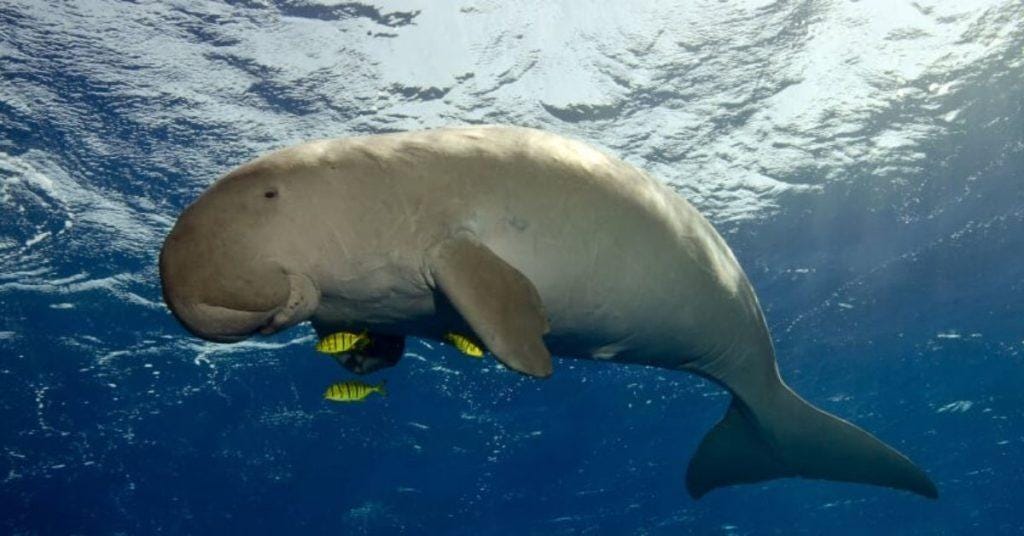Dugongs in Southeast Asia: Sentinels of the Sea in Trouble
A murky picture into which the gentle giants could silently fade away

By: Gregory McCann
Dugongs, also known as “sea cows,” may be listed by the International Union for the Conservation of Nature as globally vulnerable, but there can be little doubt that within Southeast Asia they are endangered, if not critically endangered in many countries.
A 2003 study, including overflies and village interviews, found no dugongs along…
Keep reading with a 7-day free trial
Subscribe to Asia Sentinel to keep reading this post and get 7 days of free access to the full post archives.
